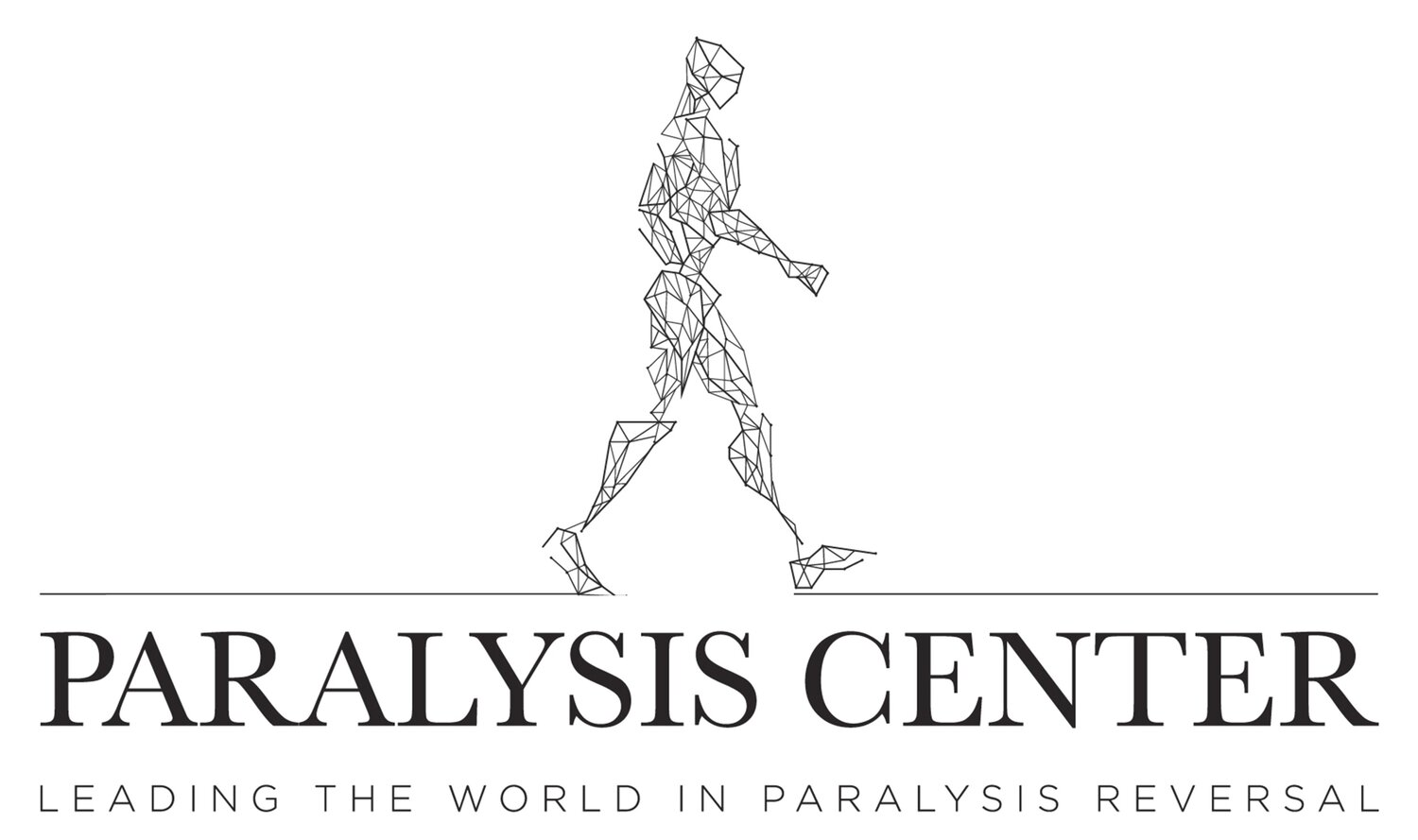Nerve Graft
Nerve grafts are often used to restore sensation and movement in arms and legs. When a nerve suffers a 4th or 5th degree injury, that is, it in unable to convey axons back to their target because of the severity of the injury, our job is to build a bridge that those axons can cross.
When a nerve is severely injured, the axons are divided. The severed axons that maintain their connection to the spinal cord will sprout regenerating nerve units. These will look for an appropriate nerve pathway to grown back down the distal nerve in order to find appropriate muscle or skin to connect to.
If they are able to make the journey to an appropriate destination — motor nerve to muscle or sensory nerve to skin — then recovery of muscle function and skin sensation will occur. But if there is an impediment to that regrowth, surgery is required restore an effective pathway.
Such an impediment is a severed nerve or a nerve that is damaged so badly that the scar within the nerve is too thick for an axon to grow across. In a situation where a nerve has been cut (a fifth-degree injury or neurotmesis), the nerve ends can sometimes be sewn back together microsurgically.
When the area is more extensive or over a length of nerve, a way to bridge that gap must be found, That is when a nerve graft is used.
A nerve graft is a piece of “expendable” nerve from another part of the body which is transplanted to the damaged nerve site creating a bridge for the axons to grow through around the region of damage so that they can find their way back to their destination.
Nerve grafts are taken from many locations. The sural nerve, which is found in the back of the leg, is a very long nerve that just provides feeling to the side of the foot. This nerve makes an excellent bridge. Other nerves that we use are the one that provides feeling on the forearm by the elbow or even behind the ear. When these nerves are taken there is no loss of movement, only a spot of numbness results. Even this small area of numbness becomes less noticeable with time.
The damaged nerve is then cut away from the healthy nerve and once we have found good healthy nerve on both sides of the damage, we then suture the nerve grafts between those two healthy ends. The axons can then grow from the stump closest to the spinal cord, through the nerve graft, and into the end beyond the damage and then on to the skin, muscle or both that need to be recovered.
In determining whether a nerve graft is the best option for you, you may undergo and MRI, an ultrasound and/or neurophysiological (EMG) testing at the Paralysis Center to determine whether that is the procedure that would provide you with the best outcome. The Paralysis Center's surgeons select procedures, such as nerve decompressions, nerve grafts, or nerve transfers based on your condition and which technique or techniques offers you the best chance of recovery.
Schedule a Consult with the Paralysis Center today (844) 930-1001.
Tips to help you get the most from a visit to the Paralysis Center
Before your visit, write down questions you want answered.
Bring someone with you to help you ask questions and remember what your Specialist tells you.
At the visit, write down the name of your diagnosis, and any new medicines, treatments, or tests. Also write down any new instructions your specialist gives you.
Know why a new medicine or treatment is prescribed, and how it will help you. Also know what the side effects are.
Ask if your condition can be treated in other ways.
Know why a test or procedure is recommended and what the results could mean.
Know what to expect if you do not take the medicine or have the test or procedure.
If you have a follow-up appointment, write down the date, time, and purpose for that visit.
Know how you can contact your Paralysis Specialist if you have questions.

